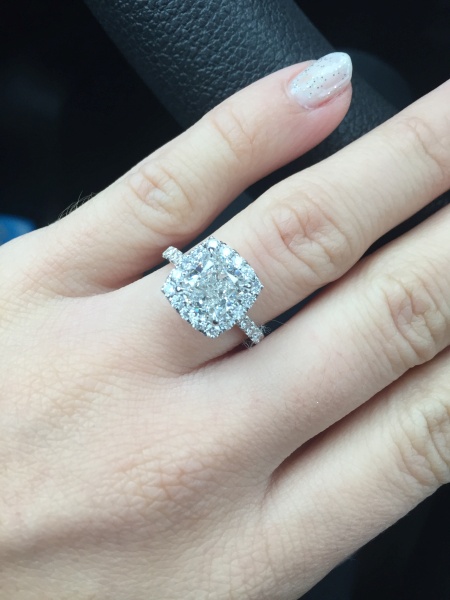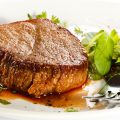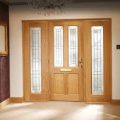Selecting a diamond engagement ring can be one of the biggest purchases in your life. You need to be armed with the right information and details before making a choice. To begin, you need to find out what shape of diamond your fiancée prefers. Popular diamond shapes include the princess cut, oval, emerald cut, Asscher cut, radiant cut, marquise cut, and pear- or heart-shaped diamonds.
You also need to determine the diamond size. Carat sizes range from 0.5 carats in weight to 2.0 carats. In addition, you need to educate yourself about the four “C’s” of diamond quality: the cut, colour, clarity, and carat weight.
Diamond Brilliance
The cut of the diamond has the biggest impact on the gem’s sparkle power. You can also refer to this sparkle as a diamond’s brilliance. Even if a diamond has perfect clarity and colour, the cut can make a huge difference in how a diamond appears. Most jewellers carry diamonds in the following cut-type categories: ideal, very good, good, and fair.
Colourless diamonds are more highly valued and are priced accordingly. For the best value, select a colourless or near-colourless diamond that has no noticeable tint or hue. Review diamonds only in the range of grades D through J. You can also obtain further details by visiting sites such as http://yourdiamondguru.com.
Diamond Clarity
Diamonds that are free from internal flaws, called inclusions, are normally highly valued. Therefore, the best value in any diamond, when it comes to clarity, is a gem that features no inclusions visible to the naked eye. Look for diamonds that are graded from FL to SI2 as these are some of the clearest diamonds that are featured in the marketplace.
Because larger diamonds are rarer than smaller diamonds, the diamond value naturally increases with the carat weight. When you have a thorough and clear knowledge of cut, colour, and clarity, you can better gauge the overall diamond quality with the size of diamond, or its carat weight.
Carat Weight
In fact, carat weight is the most misunderstood characteristic of the 4 C’s of diamond valuation. The carat weight actually references a diamond’s weight, as stated, and not its overall size, as some believe. The diamond’s cut impacts how big the carat weight appears. Smaller carat weight diamonds will therefore look larger with higher-cut grades.
To maximize your budget, consider purchasing a diamond that is slightly below the ideal carat weight. For instance, choose a 2.9 carat diamond if you are in the market for a 3.0 carat weight. Keep in mind that diamond prices increase with carat weight because a larger carat weight refers to rarity.
Carat weight is determined by two factors: a diamond’s top diameter and cut grade.
A diamond’s diameter and cut grade reveal that smaller carat weight diamonds look larger with higher-cut grades. Alternatively, a bigger carat weight diamond appears smaller with lower-cut grades.
With this information in mind, you can make a more clear-cut and lucid decision when buying a diamond engagement ring. Remember that the cut is important if you want a diamond that has extra sparkle power or exhibits brilliance in its display.






























No Comments
Leave a comment Cancel